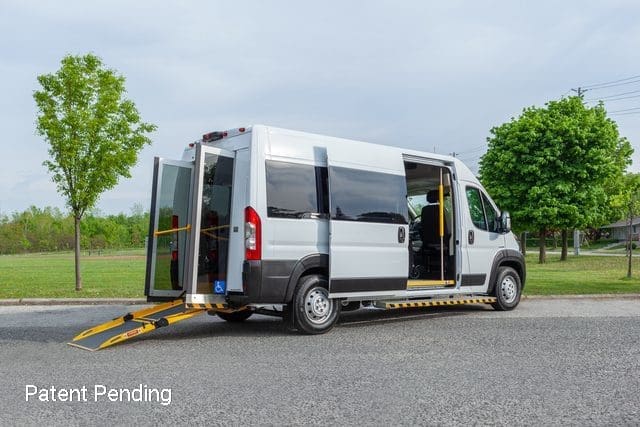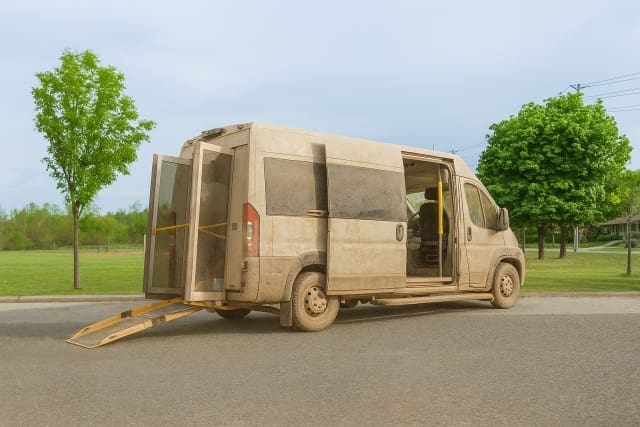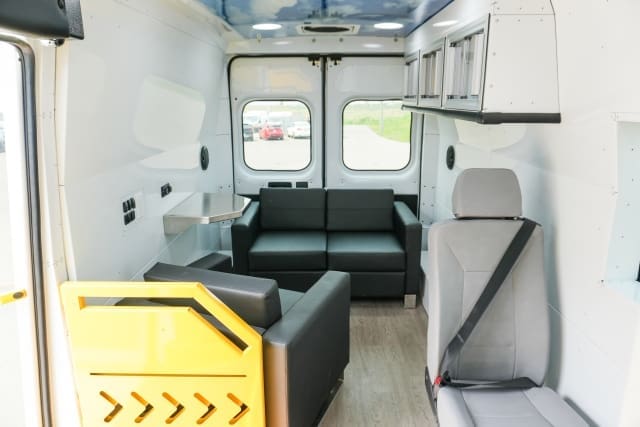Maintenance is part of everyone’s everyday life. You brush your teeth to prevent cavities. You eat throughout the day to maintain your energy. The same care should be put into your wheelchair van.
Performing maintenance on your wheelchair van will ensure that you get the most use out of your vehicle. It will also be important if you ever decide to trade in your mobility vehicle to upgrade to a newer model.
If you don’t perform the proper maintenance on your vehicle, the results would be similar to what would happen if you stopped brushing your teeth: painful cavities, expensive dental bills, and a whole swath of other issues you could have avoided if you maintained proper oral hygiene.
When you don’t perform regular maintenance on your wheelchair van, your van will be less safe on the road–and when providing a service to an already vulnerable group of people, safety is likely your number one priority.
An ounce of prevention is worth a pound of cure.
This is why this article explains what maintenance your wheelchair van needs to avoid high repair costs, maintain the highest level of safety, and last a long time.
First, let’s start with some regular vehicle maintenance that you may already know of.
Maintenance your wheelchair van needs: regular vehicle maintenance
Like any vehicle, you need to keep up with standard maintenance.
This maintenance includes:
- Oil changes
- Tune-ups
- Tire rotations
- Fluid checks
- Transmission flushes
- Air cabin filter replacements
- Windshield wiper replacements
Check your owner’s manual to know how often you should perform each maintenance service.
Now that you understand the standard maintenance a vehicle needs, you may be wondering how maintenance on a wheelchair van is different. Read on to find out.
Maintenance your wheelchair van needs: additional maintenance
Below is a list of the different maintenance practices you need to perform on your wheelchair van that you usually wouldn’t have to perform on a standard vehicle.
Inspect the seat belts and wheelchair tie-downs
Safety should always come first.
Make sure you routinely inspect your wheelchair tie-downs and seatbelts. Look for any straps that are showing signs of wear and tear. Tug on all the belts to make sure they are still securely fastened.

If you notice a belt or a strap that is beginning to tear, get it serviced immediately. These straps are imperative for safety and they should always be high on your priority list for maintenance.
Check out our article to learn more about securing a wheelchair properly in a van.
Keep ramp hinges and door sides lubricated

Purchase lubricant from a local store and keep the hinges on your ramp and van doors lubricated. Make sure you purchase a water-resistant silicone lubricant.
Check the hinges every few weeks to see if they need to be lubricated further. This will help keep your doors and ramps operating smoothly.
Clean your van frequently
While you may not think of cleaning as an important part of maintenance, it will actually help keep your wheelchair van in better condition.
For example, if you let debris build up around an in-floor ramp, that debris can stick in the flooring when the ramp opens and closes. This can eventually damage the ramp and cause operational failure–something you want to avoid.
If your wheelchair van has a floor track system such as AutoFloor, you should sweep or vacuum the floor tracks regularly to avoid rocks and dirt building up.
Not only is it important to keep your wheelchair van free of debris, but it’s also a good idea to remove trash and clutter often so it’s easy to enter and exit your van.
Cleaning will also help your van stay looking nice for much longer.
Often, a used vehicle looks undesirable because it’s never been cleaned. Eventually, what was once a fixable problem becomes permanent stains and grime–which you can avoid!
Have wheelchair ramps and lifts inspected at a service center annually
We recommend having your ramp or lift inspected at a service center once a year.
This is to avoid preventable issues that might pop up with your ramp or lift–which could prevent your passengers from participating in group outings and attending doctor’s appointments.
Click here to learn how much a ramp or lift inspection costs.
Be prepared for the use of backup systems
When you purchase your wheelchair van, you should be informed about any existing backup systems in case of operation failures.
For example, if your ramp isn’t operating properly, a manual override system allows you to operate the ramp by hand.
Make sure you know how these manual backup systems work so you are prepared for any issue that might arise. If you aren’t sure how to operate your manual backup systems, talk to the company that provided the van.
What maintenance does your wheelchair van need? (Checklist)
Save the below checklist as a reminder of what maintenance your wheelchair van needs.
| Wheelchair van maintenance checklist | |
| Inspect seat belts and tie downs | ✔ |
| Lubricate ramp hinges and door sides | ✔ |
| Have wheelchair ramps and lifts inspected at a service center annually | ✔ |
| Clean van clear of debris buildup | ✔ |
Your next steps to performing regular maintenance on your wheelchair van

You came to this article to learn what maintenance your wheelchair van needs to keep the highest standard of safety, avoid repair costs, and last for a long time.
Now, you know how to perform maintenance on your wheelchair van that will help it last for a long time.
When you don’t perform regular maintenance on your wheelchair van, your van will be less safe on the road–and when providing a service to an already vulnerable group of people, safety is likely your number one priority.
Always remember that an ounce of prevention is worth a pound of cure.
If you’re unsure how to perform maintenance on your wheelchair van, talk to a MoveMobility expert today.
Or, check out these related articles for more information:








